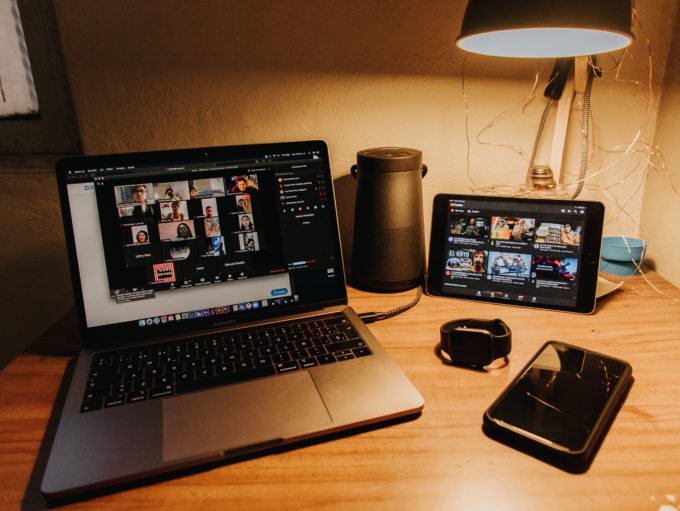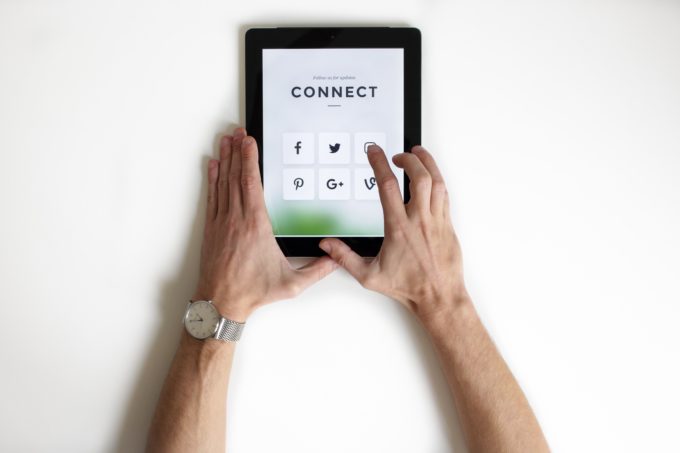The COVID-19 outbreak is a seismic event in our lifetimes, with every facet of our daily lives affected by the pandemic.
As individuals we’re all working to find a ‘new normal’, maintaining social distancing, working from home where possible and juggling the myriad demands on us with the additional stress and pressure of an unpredictable situation, all the while missing the social connections we crave.
On a personal level, social and digital tools are helping us to stave off some of the loneliness, with a massive uptake in numbers using video-calling services in particular. Cloud-based video conferencing service Zoom had ten million daily users in December – most of them in offices – now it boasts a whopping 300 million daily users. It would be safe to say the increase is not solely based on more people working from home. Instead, many of us are seeing some friends more than ever (albeit via our computer screens), and we’ve become semi-professional quizzers to boot.

But what about brands? From a brand perspective, COVID-19 means a rethink of your social strategy may be necessary. Bearing in mind that your fans and followers are likely to be living a very different life to that of just two months ago, the planned and approved content calendars may have to be scrapped. Plugs will already have been pulled on many offline activations and as such we’re seeing many brands move to an increase in online activity. But it’s important to remember that sometimes less is more. Quality content trumps quantity and with so much noise online, it’s better to do one or two things well. Whatever your messaging, there are a few key pointers to bear in mind:
- The best thing you can do right now is listen. Understand what your employees, audience and other brands are saying. Tailor your message to what you understand your stakeholders want to hear more about – not necessarily just what you want to broadcast.
- Don’t change personas overnight. If your brand’s online presence is cheeky and irreverent, it will seem inauthentic and odd to flip to a sombre tone. You can still support expert opinion and messaging if desired, just do so in your natural language.
- Pull back on sales-heavy messaging. With job losses, pay cuts and the threat of a global recession in the air, be sensitive about how you communicate offers.

- Show how you’re protecting your staff. People will support brands who show care and compassion for their employees. This doesn’t need to be a big production, but simply showing how your people have adapted to working from home, how you’re supporting parents without childcare options or what measure you’ve put in place for essential workers can make a big difference to how you are perceived.
- Use your voice to amplify others. If your day to day social comms is quieter, you don’t need to rush to fill the void with brand messaging. Where it’s a natural fit, you can use that space to amplify others in need, for example a CSR partner organisation that may have seen fundraising options slashed.
- Add value. If it doesn’t entertain, inform, show your leadership or celebrate people in your extended community – perhaps it doesn’t belong on your platform at this time.
By: Michelle Mc Mahon
Social & Innovation Lead
Find Out More
-
Sustainability Newsletter
October 7, 2024
-
Awards for Excellence in Public Relations 2024
July 23, 2024


